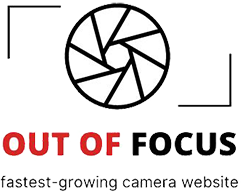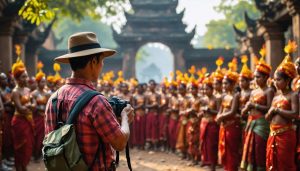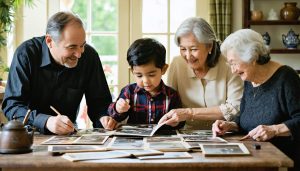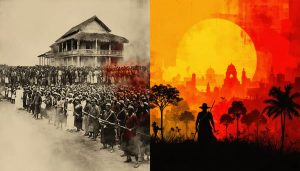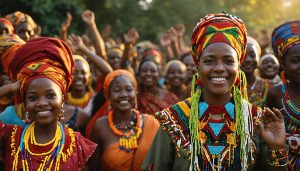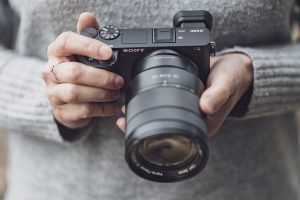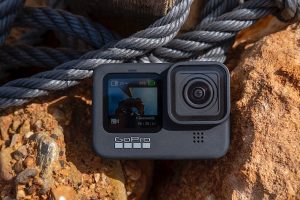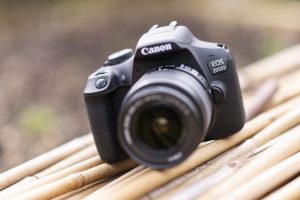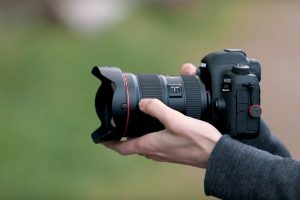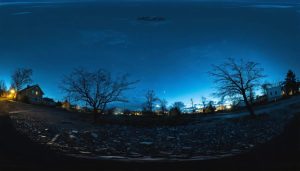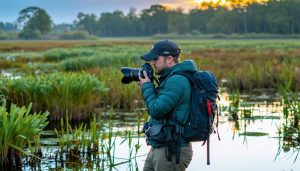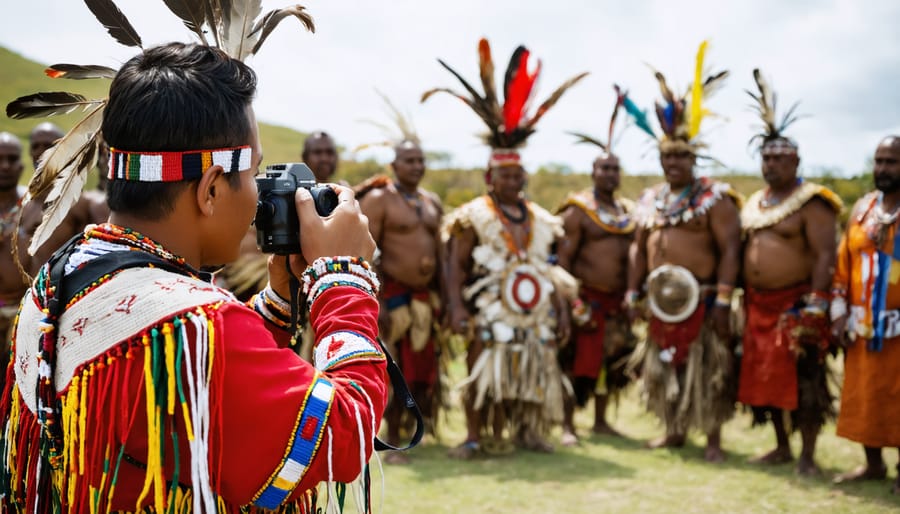
Through the lens of indigenous photographers, we witness a profound reimagining of visual storytelling that challenges conventional narratives and reclaims cultural representation. For generations, indigenous communities have been documented through an outsider’s gaze, but today’s indigenous photographers are revolutionizing the medium by capturing their traditions, landscapes, and contemporary realities with intimate understanding and ancestral connection.
From the Arctic tundra to urban landscapes, indigenous photographers blend traditional knowledge with modern technical expertise, creating works that serve both as artistic expression and cultural preservation. Their images speak to universal themes while remaining deeply rooted in specific tribal contexts, offering viewers a window into worlds often oversimplified or misrepresented by mainstream media.
This renaissance in indigenous photography represents more than just artistic evolution; it’s a powerful act of visual sovereignty. By controlling their own image-making, indigenous photographers are not merely documenting their communities – they’re actively shaping how their cultures are perceived and understood in the contemporary world. Their work challenges stereotypes, celebrates resilience, and creates new visual languages that honor ancient wisdom while embracing modern innovation.
As these photographers continue to gain recognition in galleries, museums, and digital spaces worldwide, their impact extends beyond aesthetics to influence broader conversations about representation, identity, and the role of photography in preserving and evolving cultural narratives. Their unique perspectives offer vital lessons about storytelling, authenticity, and the power of images to bridge understanding between cultures.
The Power of Indigenous Visual Narratives
Cultural Context in Photography
Indigenous photographers bring a unique perspective to their work by weaving traditional knowledge and cultural values into their visual storytelling. Rather than simply documenting subjects, they often approach photography as a means of preserving and sharing their cultural heritage, incorporating elements that hold deep spiritual and historical significance within their communities.
Many indigenous photographers emphasize the importance of relationship-building before taking photos, following cultural protocols that may involve seeking permission not just from individuals, but from community elders or spiritual leaders. This practice reflects a holistic worldview where images are seen as more than mere representations – they’re considered vessels of spirit and story.
The use of natural light and environmental contexts often plays a crucial role, with many indigenous photographers preferring to capture subjects in their natural settings rather than in controlled studio environments. This approach honors the connection between people and their ancestral lands, reflecting traditional beliefs about the interconnectedness of all things.
Color choices and composition often draw from traditional art forms, with some photographers incorporating symbols and patterns that hold cultural significance. Many indigenous photographers also challenge conventional Western photography rules, choosing instead to frame their subjects according to their own cultural aesthetics and storytelling traditions.
Time itself is often approached differently, with some indigenous photographers preferring to work according to natural rhythms and seasonal changes rather than rigid schedules, allowing for more organic and culturally authentic representations of their subjects.
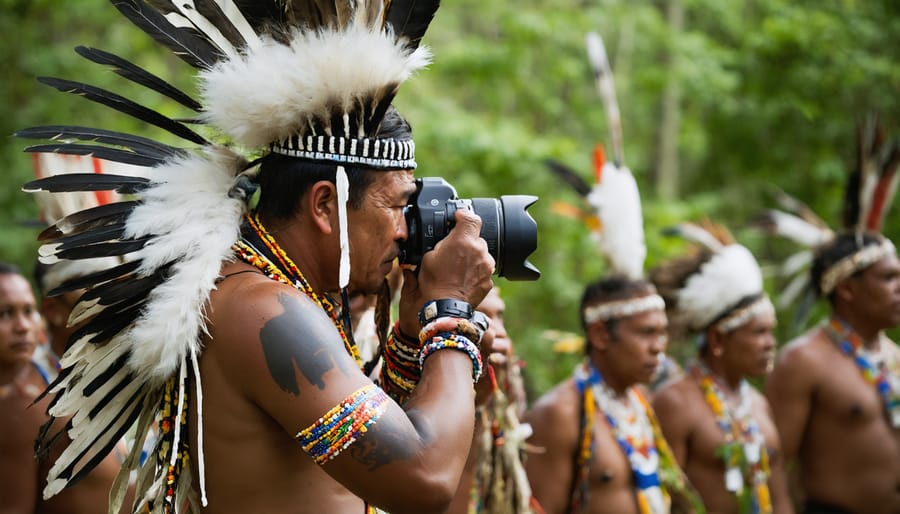
Reclaiming Visual Representation
For decades, indigenous peoples were primarily captured through the colonial gaze, with outsider photographers often portraying them through stereotypical or romanticized lenses. Today, indigenous photographers are actively reclaiming cultural narratives through their own visual storytelling, offering authentic perspectives that challenge historical misrepresentations.
This shift represents more than just a change in who’s behind the camera; it’s a fundamental transformation in how indigenous stories are told and preserved. Contemporary indigenous photographers bring intimate knowledge of their communities, traditions, and modern realities to their work, creating images that reflect the complexity and vitality of indigenous life.
Through their lenses, these photographers document both traditional practices and contemporary indigenous experiences, breaking down stereotypes and showcasing the dynamic nature of indigenous cultures. They capture everyday moments, celebrations, challenges, and transformations with nuance and cultural understanding that outside photographers often miss.
The rise of indigenous photography has also sparked important conversations about representation, consent, and the ethics of documentary photography. Many indigenous photographers now work with their communities to establish respectful protocols for capturing and sharing images, ensuring that photographs serve not just as artistic expressions but as tools for cultural preservation and empowerment.
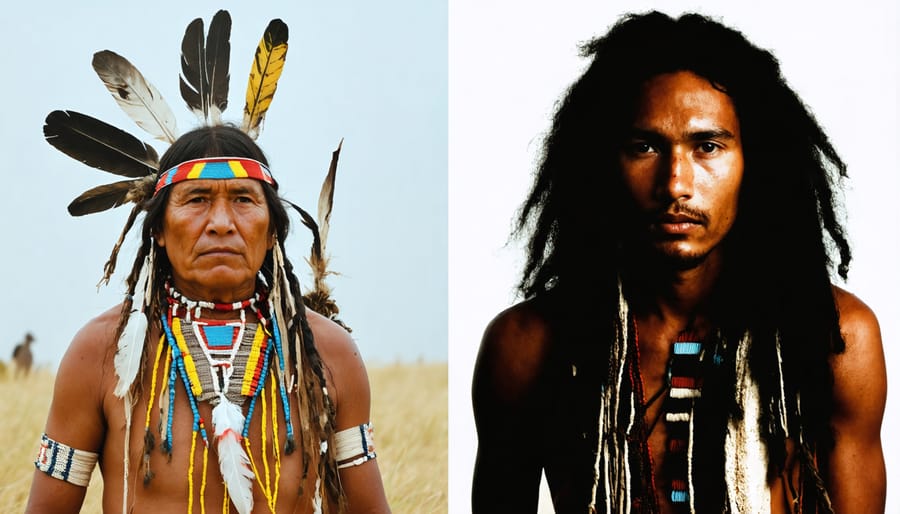
Technical Approaches and Artistic Methods
Traditional Elements in Modern Photography
Indigenous photographers are masterfully bridging the gap between ancestral traditions and modern photographic techniques, creating a unique visual language that honors their cultural heritage while embracing contemporary artistic expression. When documenting cultural heritage, these artists often incorporate traditional symbols, patterns, and storytelling methods into their compositional choices.
Many indigenous photographers use natural lighting techniques that mirror traditional practices, such as shooting during specific times of day that hold cultural significance. For instance, some deliberately choose to photograph during dawn or dusk, times that are sacred in many indigenous cultures. They might combine these traditional timing preferences with modern tools like reflectors and diffusers to achieve the desired effect while maintaining cultural authenticity.
Color plays a crucial role in this fusion of old and new. Traditional color symbolism often influences the photographer’s choice of filters and post-processing techniques. Earth tones, which have deep cultural significance in many indigenous communities, are frequently emphasized through careful white balance adjustments and selective color enhancement.
The integration of traditional elements extends to the physical presentation of photographs as well. Some indigenous photographers print their digital images on natural materials like handmade paper or bark, creating a tactile connection to traditional art forms. Others incorporate traditional beadwork or weaving patterns into their framing and presentation methods.
Portrait photography among indigenous artists often reflects traditional ceremonial poses and compositions while utilizing modern lighting setups and high-resolution cameras. These photographers might position subjects according to ancestral customs while using contemporary techniques like shallow depth of field or dramatic backlighting to create striking, modern portraits that still honor traditional representational practices.
This blend of traditional and modern approaches not only preserves cultural practices but also creates a distinctive contemporary aesthetic that speaks to both indigenous and wider audiences, helping to keep traditional visual languages alive and relevant in today’s digital age.
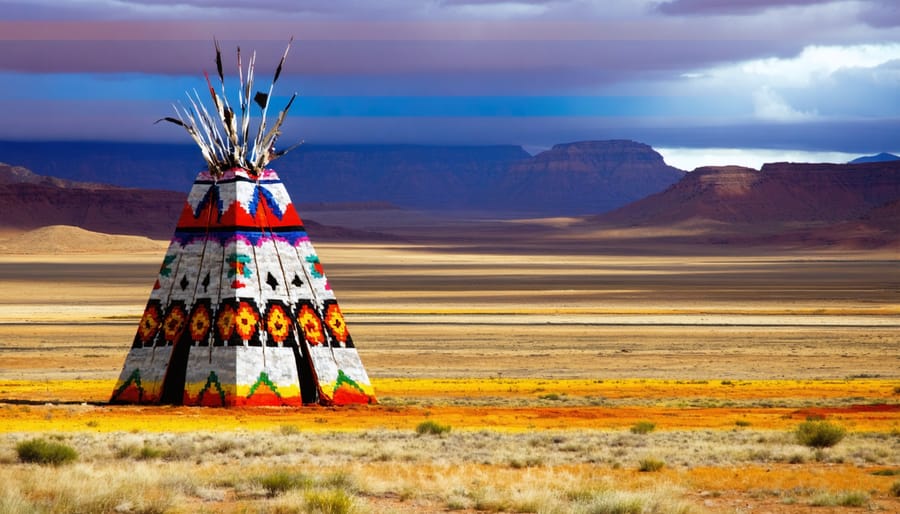
Environmental Connection
Indigenous photographers have long understood the intrinsic connection between their communities and the natural world, bringing this deep-rooted relationship to life through their lenses. Their work goes beyond merely preserving cultural traditions; it serves as a powerful medium for environmental storytelling and advocacy.
Many indigenous photographers approach environmental documentation with a unique perspective that combines ancestral knowledge with contemporary conservation concerns. Their images often capture the delicate balance between traditional land use and modern environmental challenges, telling stories that span generations of ecological wisdom.
For example, Hawaiian photographers frequently document the islands’ changing coastlines and marine ecosystems, incorporating traditional navigation knowledge into their visual narratives. Similarly, Arctic indigenous photographers capture the dramatic effects of climate change on their territories, weaving together scientific observations with generations of local knowledge about ice patterns and wildlife behavior.
This environmental connection manifests in various photographic techniques. Many indigenous photographers prefer natural lighting and minimal equipment, choosing to work in harmony with the environment rather than trying to control it. They often employ patience and timing based on traditional understanding of natural cycles, resulting in images that feel organic and deeply connected to the land.
The storytelling aspect of indigenous environmental photography is particularly powerful because it comes from a place of genuine connection and responsibility. These photographers don’t just document environmental issues; they tell stories of resilience, adaptation, and the sacred relationship between people and place. Their work often highlights sustainable practices and traditional ecological knowledge that could benefit modern conservation efforts.
Through their unique lens, indigenous photographers remind us that environmental photography isn’t just about capturing beautiful landscapes or documenting destruction – it’s about understanding our place within the natural world and our responsibility to protect it for future generations.
Notable Indigenous Photographers and Their Work
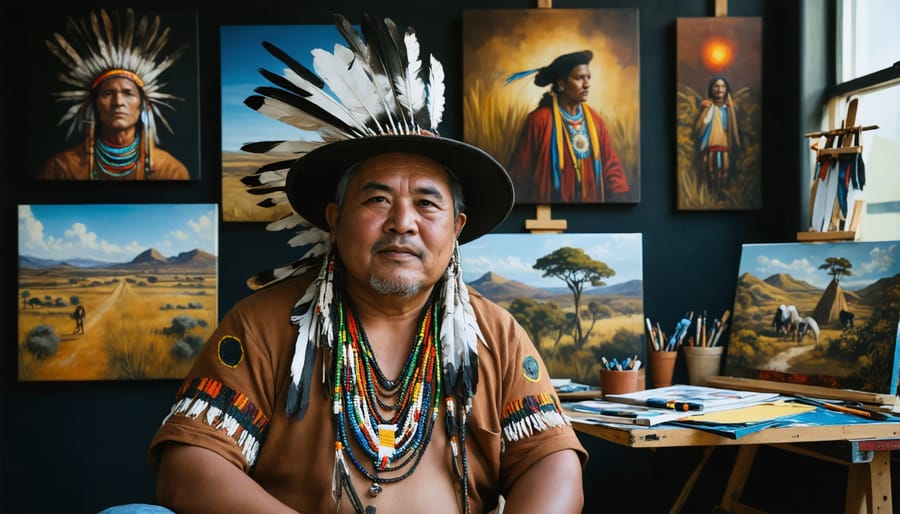
Contemporary Voices
Today’s indigenous photographers are leading a powerful movement of visual self-representation, challenging stereotypes and documenting their communities with authenticity and pride. Cara Romero (Chemehuevi) stands out for her dramatic portraiture that blends traditional storytelling with contemporary aesthetics. Her series “Water Memories” masterfully combines underwater photography with indigenous narratives, creating compelling images that speak to both environmental concerns and cultural preservation.
Pat Kane, a Yellowknife-based photographer of mixed indigenous descent, captures the evolving life of Northern communities with remarkable sensitivity. His documentary work provides an intimate look at how traditional practices adapt to modern realities, offering viewers a nuanced perspective rarely seen in mainstream media.
Emerging talent Josué Rivas (Mexica/Otomi) has gained recognition for his coverage of indigenous resistance movements, including his powerful documentation of Standing Rock. His approach emphasizes the importance of indigenous photographers telling indigenous stories, creating work that serves both as art and historical documentation.
Australian photographer Barbara McGrady (Gamilaroi/Gomeroi) focuses her lens on urban Aboriginal life, sports, and political activism. Her work challenges the notion that indigenous experience is limited to remote or traditional settings, showcasing the diversity and dynamism of contemporary indigenous life.
These photographers share a commitment to mentoring the next generation, often leading workshops and creating opportunities for young indigenous artists to develop their skills. Their work goes beyond mere documentation, serving as a bridge between traditional knowledge and contemporary artistic expression, while ensuring that indigenous perspectives remain at the forefront of their visual narratives.
Historical Pioneers
The pioneers of indigenous photography emerged during a time when most images of indigenous peoples were captured through a colonial lens. Benjamin Haldane, a Tsimshian photographer from Alaska, stands out as one of the earliest documented indigenous photographers. Working in the late 1800s, Haldane created striking portraits that offered a dignified representation of his community, challenging the prevailing stereotypes of the era.
Richard Throssel, a Cree photographer who documented life on the Crow Reservation in the early 1900s, brought an insider’s perspective to his work. His intimate photographs captured daily life, ceremonies, and cultural practices with an authenticity that distinguished his work from non-indigenous photographers of the time.
In Canada, George Johnston, a Tlingit photographer from Teslin, Yukon, created an invaluable visual record of his community during the 1920s and 1930s. Johnston’s work is particularly significant as he documented both traditional practices and the modernization of his community, providing a nuanced view of indigenous life in transition.
Horace Poolaw, a Kiowa photographer active from the 1920s to the 1970s, created an extensive body of work that captured the complexity of Native American life in Oklahoma. His photographs showed indigenous people as they truly lived, rather than conforming to romanticized stereotypes.
These early photographers not only preserved crucial historical records of their communities but also established a foundation for future generations of indigenous image-makers. Their work demonstrated the importance of self-representation and challenged the dominant narratives of their time. Their legacy continues to inspire contemporary indigenous photographers, who build upon their pioneering efforts to document, celebrate, and share their cultures through their own lens.
By taking control of their own image-making, these historical pioneers helped shift the paradigm from being merely subjects of photography to becoming active creators of their own visual histories.
Impact on Modern Photography
Indigenous photography has profoundly shaped modern photographic practices, bringing fresh perspectives and innovative approaches to visual storytelling. As more indigenous photographers gain recognition in contemporary art spaces, their unique worldviews and cultural understanding are reshaping how we think about photography as a medium.
One of the most significant impacts has been the reimagining of documentary photography. Indigenous photographers have challenged traditional documentary approaches by incorporating storytelling methods that respect cultural protocols and community relationships. This shift has influenced how many contemporary photographers approach their subjects, emphasizing collaboration and ethical representation over mere observation.
The integration of post-colonial perspectives in contemporary photography has led to more nuanced representations of people, places, and cultures. Indigenous photographers have demonstrated how personal connection to subject matter can create more authentic and meaningful images, inspiring photographers worldwide to examine their own relationship with their subjects.
Environmental photography has particularly benefited from indigenous influence. Traditional knowledge of land and nature has informed new approaches to landscape photography, moving beyond purely aesthetic considerations to include ecological and cultural significance. This has resulted in more thoughtful environmental documentation that considers both natural beauty and human connection to place.
Digital platforms and social media have amplified indigenous voices in photography, allowing artists to share their work directly with global audiences. This accessibility has sparked conversations about representation, ownership of cultural imagery, and the role of photography in preserving and celebrating cultural heritage.
The impact extends to technical aspects as well, with indigenous photographers often combining traditional artistic elements with modern photographic techniques. This fusion has created distinctive visual styles that challenge conventional photography rules while honoring cultural traditions, inspiring photographers to experiment with new ways of seeing and capturing images.
Indigenous photography continues to reshape our understanding of visual storytelling, offering perspectives that challenge mainstream narratives and preserve cultural heritage for future generations. As more indigenous photographers gain recognition in galleries, museums, and digital platforms, their work serves as both artistic expression and cultural documentation. The growing accessibility of photography equipment and online platforms has empowered indigenous communities to tell their own stories, creating an authentic visual record of their traditions, challenges, and triumphs.
Looking ahead, indigenous photography stands poised to play an even more crucial role in contemporary visual arts and journalism. The emergence of new technologies, including virtual reality and augmented reality, offers exciting possibilities for indigenous storytellers to create immersive experiences that share their worldview with global audiences. As the photography industry continues to evolve, indigenous perspectives will become increasingly vital in shaping conversations about representation, cultural preservation, and social justice.
The future of indigenous photography lies not just in documenting the past, but in actively shaping how we understand and interact with indigenous cultures in the present and future. Through their unique lens, indigenous photographers continue to bridge cultural gaps, challenge stereotypes, and create powerful visual legacies for generations to come.
